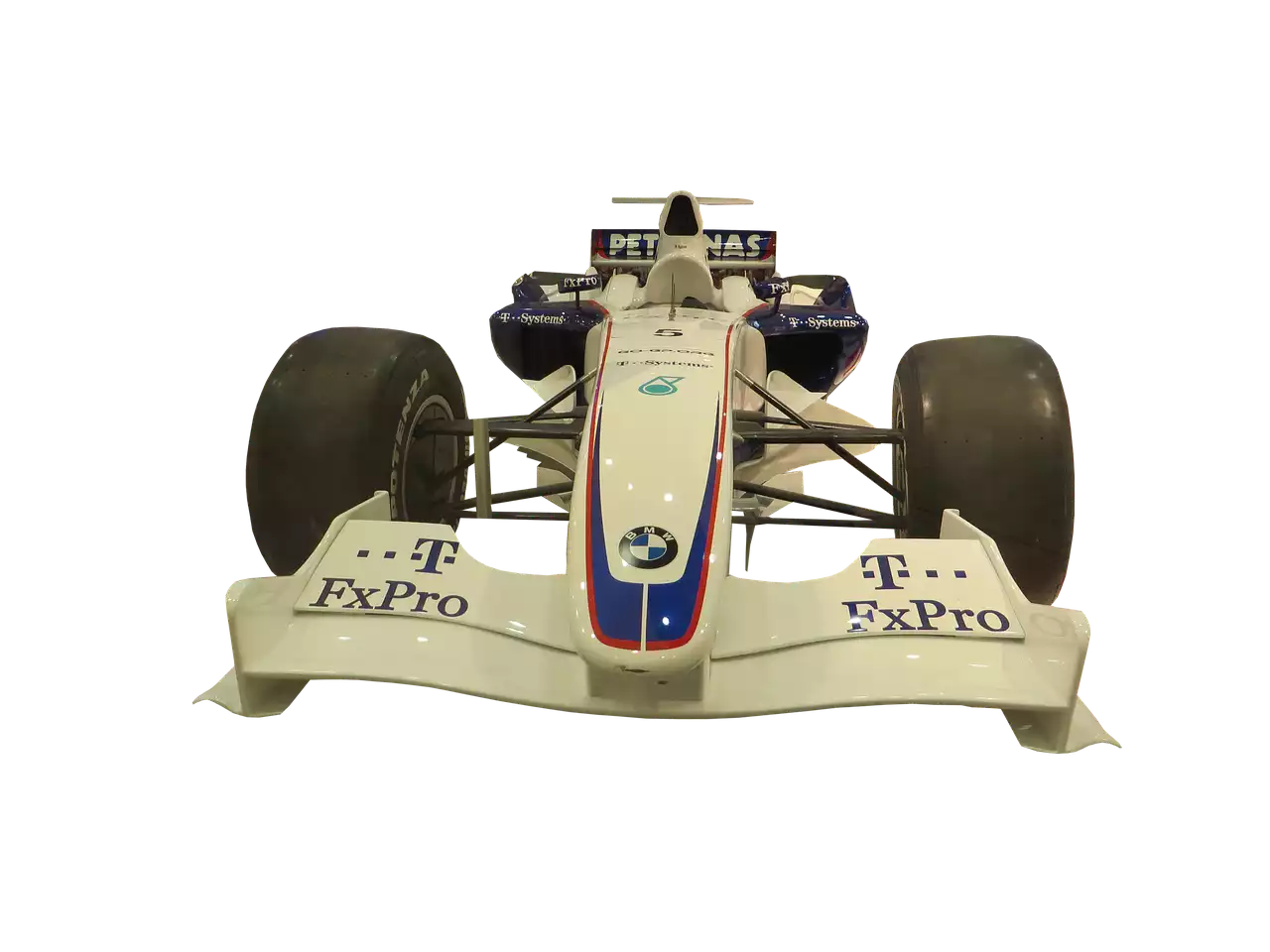Formula 1, or Grand Prix racing as it is sometimes known, is one of the most high-profile, glamorous and expensive sports in the world. It has a huge global following with millions tuning in every year to watch the event live.
The cars are complex machines that cost millions of pounds and have to be built specifically for racing. The drivers are also highly qualified with top speeds reaching close to 200 miles per hour.
But what do these cars actually do? How do they work? And how does Formula 1 innovate and stay ahead of the game?
The Cars
Formula 1 cars are high-performance machines. They are designed for racing only, which means that they have to be built specifically for the tracks. They can reach speeds of up to 200 miles per hour and their engines rev to 18,000 rpm - much higher than any other car on the road.
What does Formula 1 stand for?
Formula 1 is the name of the governing body for world championship racing. It was founded by a consortium of car manufacturers, who were fed up with not being able to compete with rival giant Ferrari, and wanted to create their own championship.
The first race was held in 1950 at Silverstone in England and has continued ever since, with every year bringing new innovations - from better safety features to improved noise reduction.
What is the engine?
The engine is a 1.5-liter V6 Turbocharged power unit capable of producing up to 900 horsepower and it's been in use by Formula 1 since 2006 when the rules changed. However, this engine has been tweaked over the years to meet new regulations with modifications like a Kinetic Energy Recovery System, which stores kinetic energy during braking and then turns it into electrical power.
The car's chassis is made of carbon fiber and weighs only 165 pounds while being incredibly strong, so that they can withstand the high speeds of up to 230 miles per hour. They also have adjustable wings and front winglets that help control airflow around the car, as well as spoilers on the rear wing which are designed to increase stability at high speeds.
What do the tires provide?
The tires provide traction to the car. This is important because no matter how powerful the engine and how advanced the suspension system, without traction, a car won’t be able to move.
Formula 1 cars use large tires and run on a mixture of fuels containing both gasoline and alcohol, which is called 'gasoline'. The fuel tank in the car is made from carbon fiber with a special membrane built in to allow air to enter when needed.
The brakes are complex, as they need to work at different temperatures depending on whether it's wet or dry. They also have sliding discs which are made from steel with a special coating applied. The disc is mounted onto the brake caliper which has pads that push on the discs when you apply pressure on the brake pedal.
How does Formula 1 innovate and stay ahead of the game?
The cars are constantly changing, with the drivers and mechanics innovating new ways to get ahead of their competitors. They've used many unique technologies such as F-ducts, DRS and Kers systems in recent years.
F-ducts (short for 'front-mounted turning aids') are a type of aerodynamic system that creates downforce on a Formula One car. This helps the driver to make quicker corners while traveling at higher speeds. The driver has a lever that they can pull which opens the duct allowing air to pass through and create more downforce.
DRS is another type of innovation that was first seen in 2011 when the FIA decided to allow drivers a greater opportunity to overtake. This is done by opening an extra flap on the rear wing which reduces drag for the following car.
KERS (short for Kinetic Energy Recycling Systems) is one of the most recent innovations seen in motorsport. It's designed to help drivers with acceleration from one corner to another and will give them an extra power boost once activated. Drivers must be careful with this though as it takes time for the battery pack to re-charge between uses.
The sport continues to innovate and stay at the forefront of technology which makes it very interesting for fans around the world who want see what's next in racing technology!
What Fuel do The Engines Use?
The engines of the cars use fuel. The fuel is called petrol and can be in different grades, such as regular, premium and super. There are many different types of fuels that the motors can use but they all have to be blended with additives to make them suitable for racing.
One of the most important additives is a substance called Tetraethyl lead which reduces engine knock, or pinging. These additives play an integral role in the way that fuel performs in racing conditions.


 Village Cricket History and Format
Village Cricket History and Format Betting on Cricket is Becoming More Popular
Betting on Cricket is Becoming More Popular
 Advanced Gymnastics Techniques: Tumbling, Flips, and Twists
Advanced Gymnastics Techniques: Tumbling, Flips, and Twists The Road From 'No Rules' To Formula One
The Road From 'No Rules' To Formula One The Cars, the Teams, and Their Stories
The Cars, the Teams, and Their Stories How to Start Racing in Formula 1
How to Start Racing in Formula 1 Formula 1-The Circuits
Formula 1-The Circuits